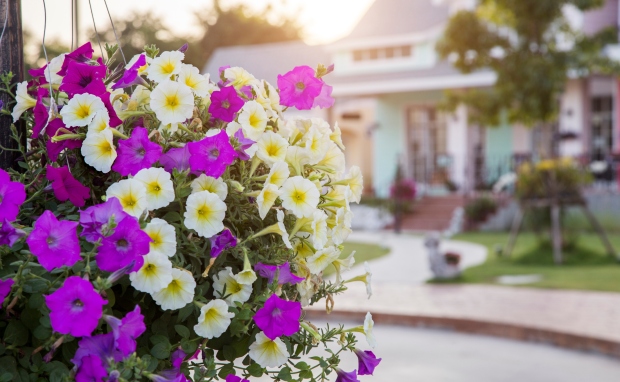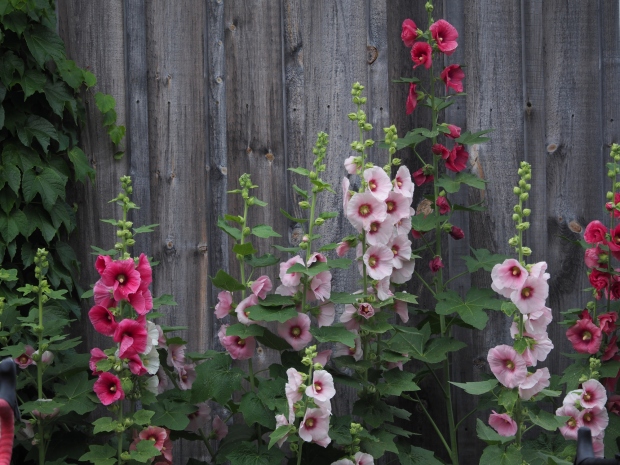Understanding Perennials, Annuals, and Biennials
There are many different ways to classify plants, but at the very basic level, you can put plants into one of three categories based on the length of their life cycle. Plants are classified as perennials, annuals, or biennials.
- Annuals live for one year or a single growing season.
- Biennials live for two years or two growing seasons.
- Perennials live for more than two years, ranging from three growing seasons to hundreds.
What Are Perennial Plants?
Perennial plants are the ones that live for numerous seasons after they are planted. When the frost hits in the fall or temperatures drop for winter, they store energy and resources in their roots and go dormant. Generally, the portion of the plant above ground dies back. The following spring, the plant “wakes up” again and regrows from the root system.
Common perennials are daylilies, purple coneflowers, phlox, Black-eyed Susans, sedum, asters, dianthus, and salvia.

Are There Disadvantages to Perennials?
- Perennial plants are more expensive to purchase than annuals, but you don’t have the recurring cost of planting new flowers yearly.
- Perennials may not flower the first season they are planted. They direct their energy and resources that first year toward developing robust root systems.
What Are Annual Plants?
Annual plants complete their entire life cycle from spring to fall. Within a single growing season, they germinate, bloom, produce seeds, release seeds, and then perish. Their goal is to produce as many seeds as quickly as possible.
Common annuals are petunias, marigolds, cosmos, zinnias, nasturtium, begonias, impatiens, and geraniums.

Are There Disadvantages to Annuals?
- Annuals must be replanted every year, although sometimes they may self-seed, and new plants germinate each spring.
- Annuals are not nearly as hardy as perennials and biennials, and some are very frost-tender.
- Annuals tend to require more day-to-day care than perennials and biennials because they don’t establish robust root systems.
What Are Biennial Plants?
As the name suggests, biennials take two years or growing seasons to complete their life cycle. In the first year, they establish roots and foliage; during the second year, they flower and produce seeds before they die.
Biennials are typically more cold-tolerant than annuals. Many plants need the cold winter temperature to trigger flowering the following season. In many cases, they perform similar to perennials because they constantly sprout new plants from the seeds produced.
Common biennials include foxglove, hollyhock, sweet william, pansies, forget-me-nots, and canterbury bells.
